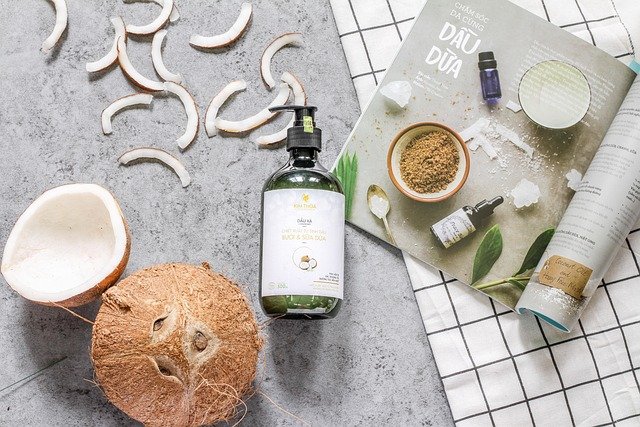The Rise of Sustainable Beauty: Eco-Friendly Cosmetics
The beauty industry is undergoing a significant transformation as consumers become increasingly conscious of the environmental impact of their purchasing decisions. Sustainable beauty, once a niche market, has rapidly grown into a major force reshaping the cosmetics landscape. This shift towards eco-friendly products is driven by a combination of factors, including growing awareness of climate change, concerns about plastic pollution, and a desire for more natural ingredients. As a result, both established brands and innovative startups are reimagining their product lines, packaging, and manufacturing processes to meet the demands of environmentally-conscious consumers. The sustainable beauty movement is not just a passing trend but a fundamental change in how we approach personal care and cosmetics.

Key Principles of Sustainable Beauty
Sustainable beauty encompasses several key principles. First and foremost is the use of natural, organic, and ethically-sourced ingredients. This includes avoiding harmful chemicals and prioritizing biodegradable formulations. Secondly, sustainable beauty emphasizes responsible packaging, with a focus on reducing plastic waste through recyclable, reusable, or compostable materials. Finally, sustainable beauty brands often adopt ethical business practices, including fair trade sourcing and cruelty-free testing.
Innovations in Eco-Friendly Packaging
One of the most visible aspects of sustainable beauty is the revolution in packaging. Traditional cosmetics packaging, often made from non-recyclable plastics, has been a significant contributor to environmental waste. In response, brands are exploring innovative alternatives. Glass and aluminum containers, which are infinitely recyclable, are making a comeback. Some companies are experimenting with biodegradable materials like bamboo or even algae-based plastics. Refillable systems are also gaining popularity, allowing customers to reuse containers and reduce waste.
Water Conservation in Beauty Products
Water scarcity is a growing global concern, and the beauty industry is responding with water-conscious formulations. Waterless beauty products, such as solid shampoos, conditioners, and cleansers, are gaining traction. These products not only reduce water usage in the manufacturing process but also in consumer use. Additionally, they often come in plastic-free packaging, further enhancing their sustainability credentials. This trend is particularly significant given that traditional liquid products typically contain 70-80% water.
The Role of Technology in Sustainable Beauty
Technology is playing a crucial role in advancing sustainable beauty. Artificial intelligence and machine learning are being used to optimize formulations, reducing waste and improving efficiency in product development. Blockchain technology is enhancing supply chain transparency, allowing consumers to trace the origins of ingredients. Virtual try-on apps are reducing the need for physical samples, cutting down on packaging waste. These technological innovations are not only making beauty more sustainable but also more personalized and effective.
Challenges and Controversies
Despite its growth, the sustainable beauty movement faces several challenges. Greenwashing, where brands make misleading environmental claims, remains a significant issue. The lack of industry-wide standards for sustainability claims can make it difficult for consumers to make informed choices. Additionally, some argue that truly sustainable beauty requires a fundamental rethinking of consumption patterns, challenging the industry’s growth-oriented business model.
The Future of Sustainable Beauty
As we look to the future, sustainable beauty is poised to become the new normal rather than an alternative option. Major beauty conglomerates are setting ambitious sustainability targets, while innovative startups continue to push the boundaries of what’s possible in eco-friendly cosmetics. Consumer demand for transparency and sustainability is likely to drive further innovations in ingredients, packaging, and business practices. The integration of technology, from AI-driven formulations to blockchain-verified sourcing, will continue to enhance the sustainability and efficacy of beauty products.




